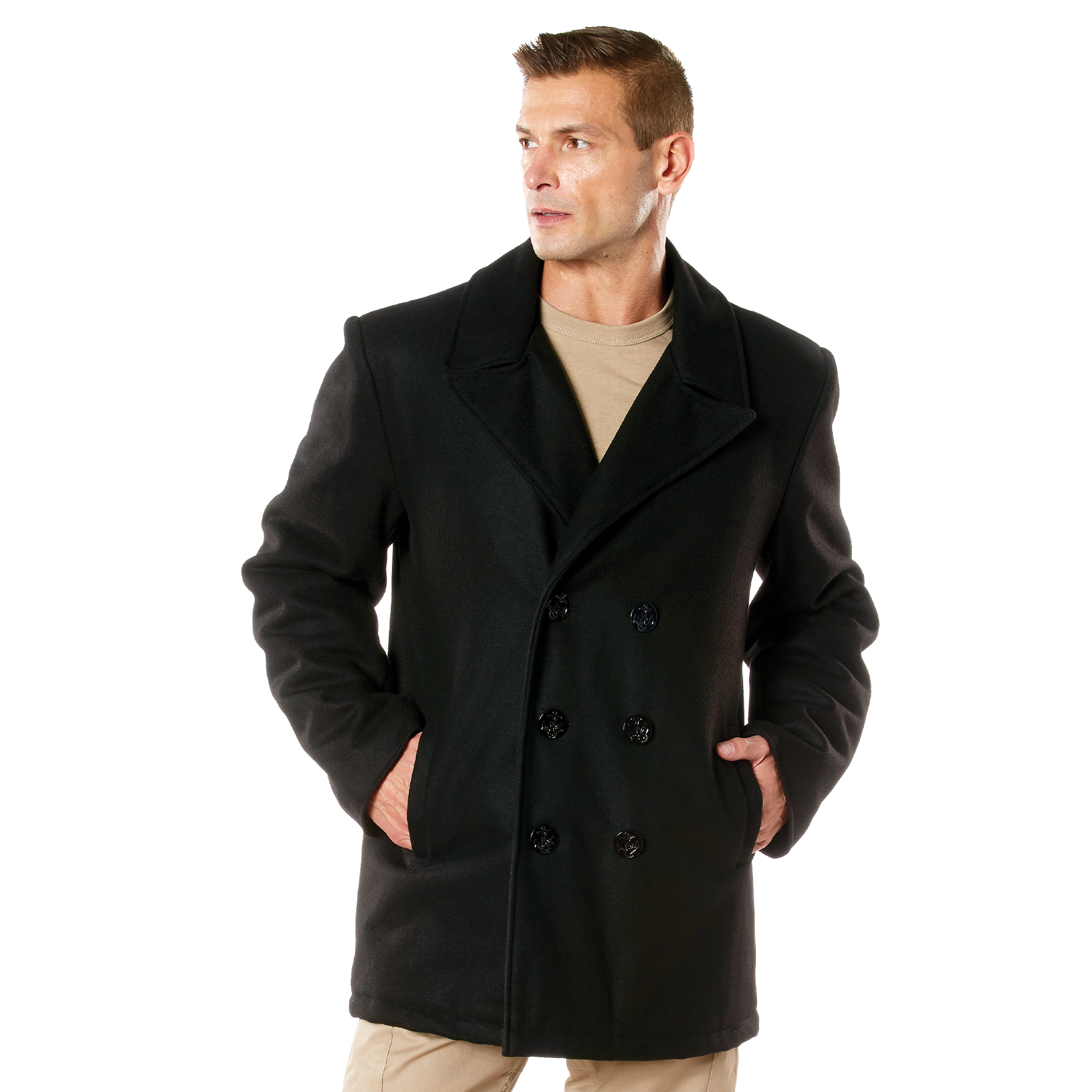- Messages
- 6,690
- Location
- South of Nashville
Good video. She makes the point to use button thread rather than regular thread, and she shows the correct way to make a shank.
I have added this video to the Important Links thread at the top of the Outerwear Section.
I have added this video to the Important Links thread at the top of the Outerwear Section.
Last edited:




